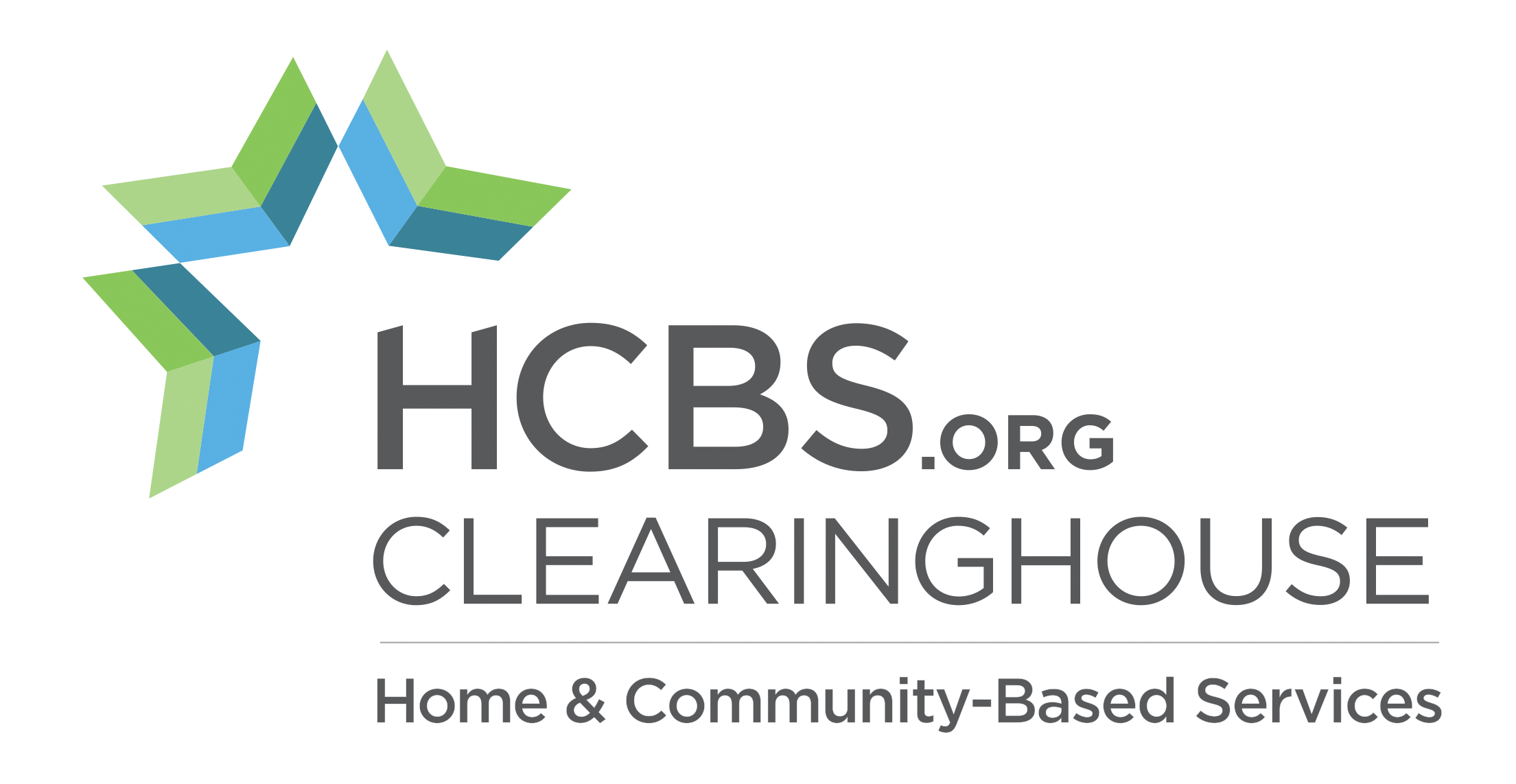
Medicaid: A Primer
Article Publication Date
Summary
Need an overview of the basic components of the nation’s largest health coverage program? Medicaid covers 55 million low-income individuals and is the dominant source of long-term care financing. Examine the structure of the program, who it covers, what services it provides, and spending. Because Medicaid is jointly financed by the federal and state governments programs vary across states. Tables examining the state-to-state variation in eligibility, enrollment, and spending are included.
Topics
Populations
Sources
Programs/Initiatives
States
Keywords
Key Information on Health Programs for Low-Income Americans; Medicaid beneficiaries; Medicaid Expenditures by Type of Service; Federal Medical Assistance Percentages; Income Eligibility
Contact
Kaiser Commission
on Medicaid and the Uninsured
NULL
kcmu@kff.org
Phone
202-347-5270

